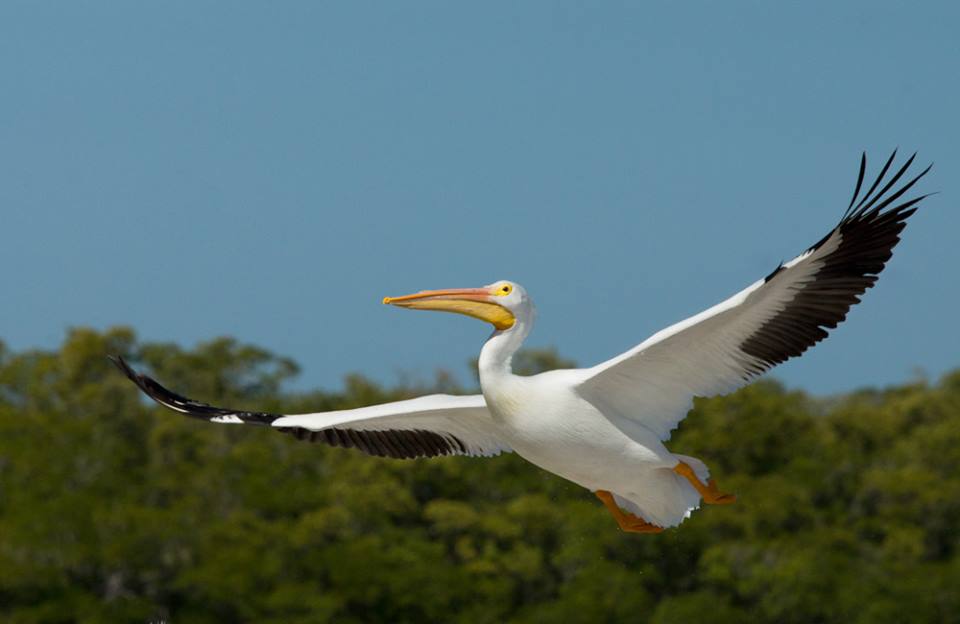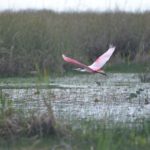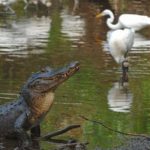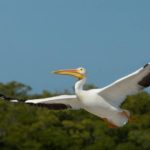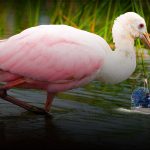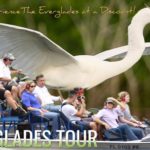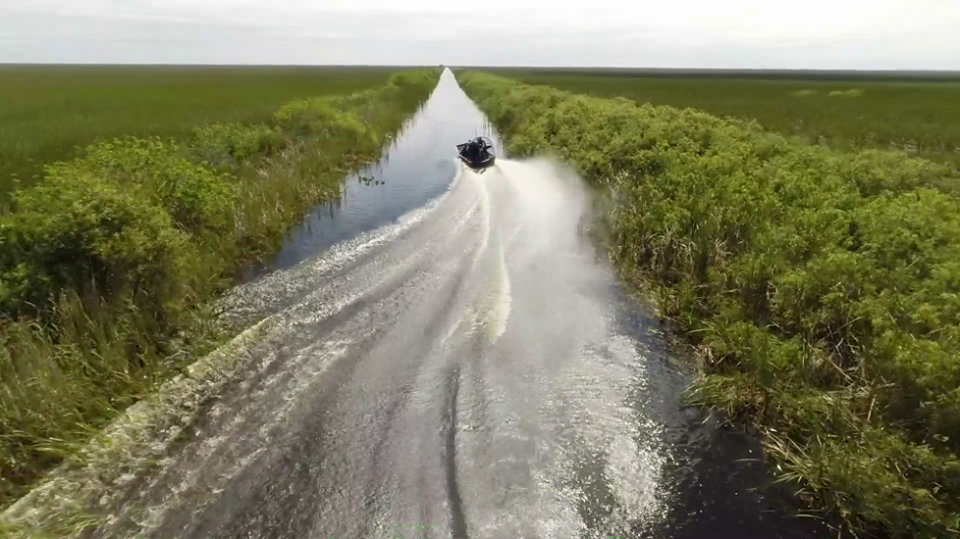The Everglades is home to a rich variety of bird species, making it a haven for birdwatchers and nature enthusiasts. The Everglades are known for its wildlife, and the birds are not an exception.
In the 1800s, the well-known naturalist and artist, John James Audubon, wrote during a visit to south Florida:
“We observed great flocks of wading birds flying overhead toward their evening roosts …. They appeared in such numbers to actually block out the light from the sun for some time.”
- Everglades tour
More than 360 bird species have been sighted at The Everglades. Here are some of the types of birds you might encounter at the Everglades National Park:
Roseate Spoonbill (Platalea ajaja):
Known for their distinctive pink plumage and spoon-shaped bills, these wading birds are a striking sight in the wetlands.
Great Egret (Ardea alba):
A tall, elegant wading bird with all-white plumage and a long, slender neck. They are often seen hunting in shallow waters. During the late-1800 there was a high demand for fancy feathers that almost caused this specie to go extinct in the United States.
Anhinga (Anhinga anhinga):
Sometimes referred to as the “snakebird” due to its long neck, the Anhinga is known for swimming with only its neck and head above the water.
Wood Stork (Mycteria americana):
A large wading bird with distinctive bald heads and long, down-curved bills. They are often seen foraging for food in shallow waters.
Bald Eagle (Haliaeetus leucocephalus):
This iconic bird of prey can be found in the Everglades. With its impressive size and white head, the bald eagle is a symbol of strength and freedom.
Osprey (Pandion haliaetus):
Also known as the fish hawk, the osprey is a raptor that specializes in catching fish. They are often seen soaring over the water.
Red-shouldered Hawk (Buteo lineatus):
Identified by its striking reddish-brown shoulders, this hawk is commonly found in forested areas adjacent to the Everglades.
White Ibis (Eudocimus albus):
These wading birds are easily recognized by their long, curved bills and bright white plumage. They often forage in shallow water.
Peregrine Falcon (Falco peregrinus):
A powerful and fast-flying bird of prey, the peregrine falcon can sometimes be spotted in the Everglades hunting for birds in flight.
Great Blue Heron (Ardea herodias):
One of the largest herons, the Great Blue Heron is characterized by its tall stature, gray-blue plumage, and long legs.
Black Vulture (Coragyps atratus):
Often seen soaring in the sky, these scavengers play a crucial role in the ecosystem by cleaning up carrion.
Common Moorhen (Gallinula chloropus):
Recognized by their dark plumage and red frontal shield, common moorhens are often found in freshwater marshes.
These are just a few examples, and the Everglades host a diverse array of bird species throughout the year. Birdwatching in the Everglades can be a rewarding experience, especially given the variety of habitats present in this unique ecosystem.
Birdwatching with an Airboat Private Tours at the Everglades in Fort Lauderdale
Looking for the perfect time to Birdwatching? Well, no need to look further. At Ride The Wind, you’ll have the opportunity to enjoy an airboat ride in South Florida meanwhile you see the most beautiful birds that live at The Everglades. Contact us to book your next unforgettable adventure. Click here where we are located.



